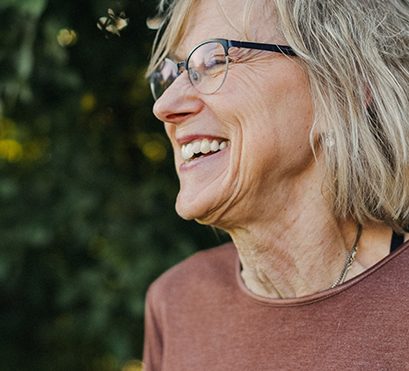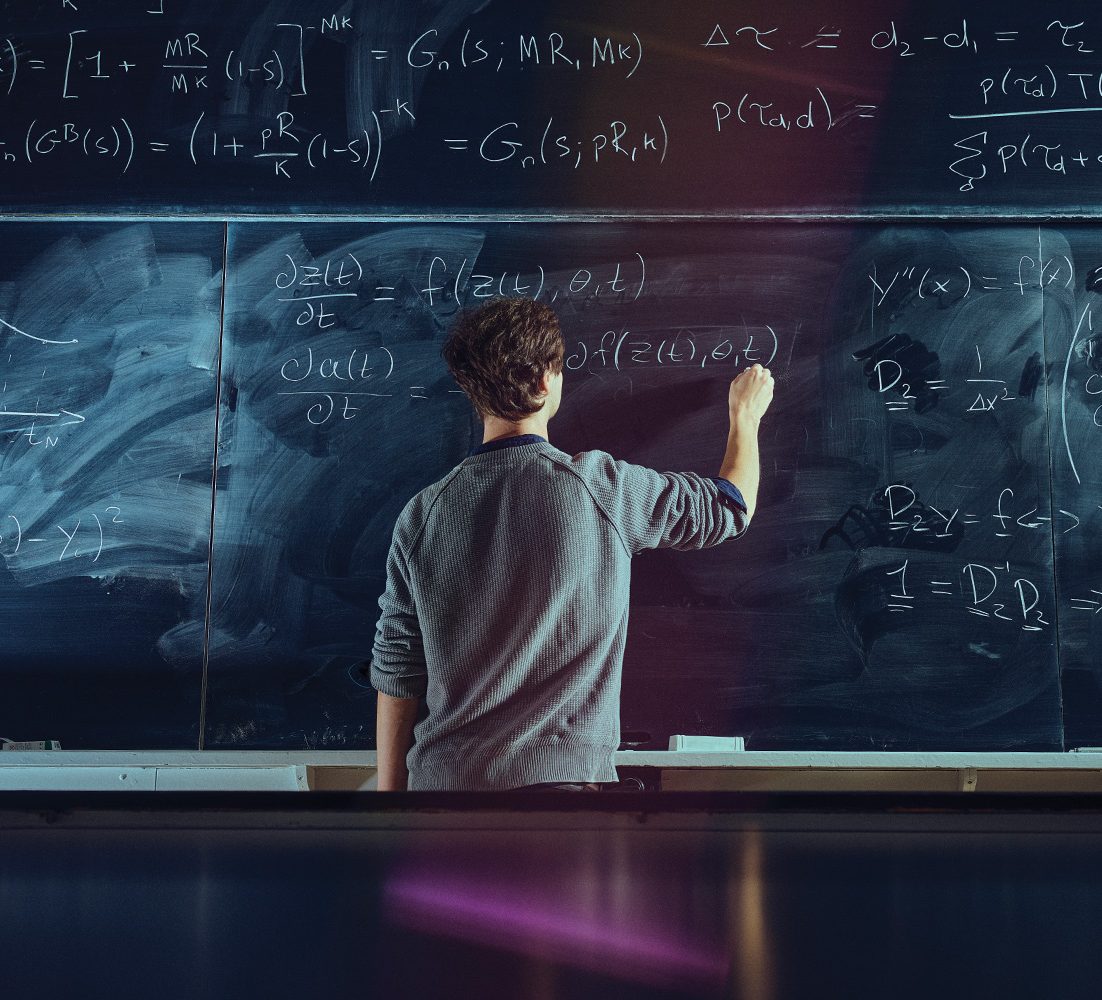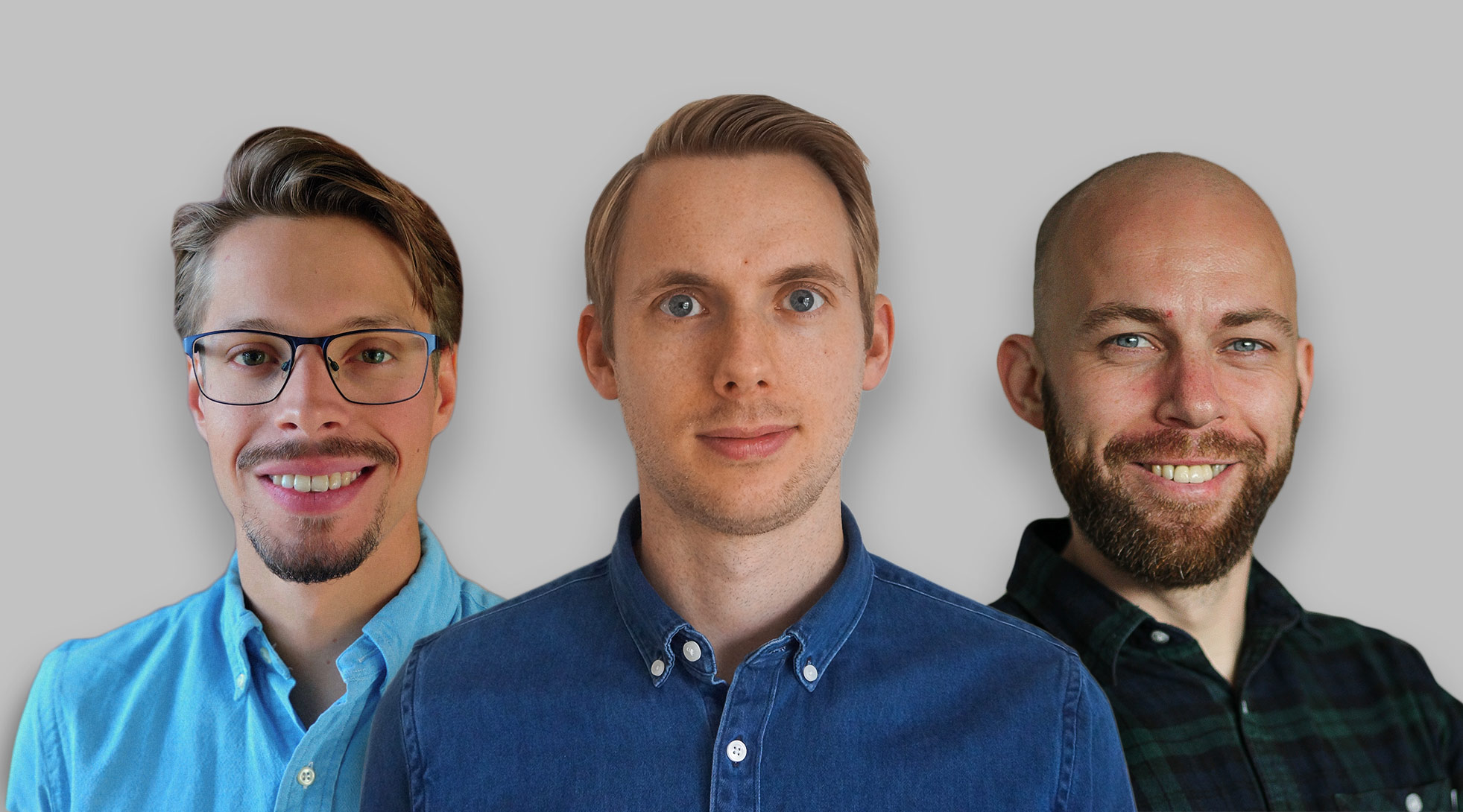Over the next year, three talented biomedical researchers will have a unique opportunity to test their research theories and broaden their horizons at research institutions outside Denmark, having received a postdoctoral fellowship for research abroad from the Novo Nordisk Foundation. All three projects focus on understanding basic biological processes in the body that contribute to the development of disease, such as the immune system’s response to bacteria or the development of cancer.
The unique 4-year fellowships are awarded to enable researchers to obtain international experience and improve their skills at a research institution abroad for at least 3 years while remaining affiliated with an institution in Denmark. This connection is designed to ensure that the young researchers can return to Denmark in the fourth year of their fellowship with their new knowledge and experience and start to establish an independent research career.
The three fellows selected in 2020 are Patrick Rosendahl Andreassen, Rasmus Pihl and Sebastian Nielsen (photo from left to right). They are moving to leading research institutions in the United States and Switzerland. Read more about their projects below.
“Travelling abroad and becoming familiar with and learning from other research and teaching environments and cultures leads to both professional and personal development. This strengthens the competencies, networks and unique research profiles of these young people and creates new energy and value for the research institutions to which they return,” says Niels-Henrik von Holstein-Rathlou, Senior Vice President, Biomedicine and Health Sciences, Novo Nordisk Foundation.
Read more about the postdoctoral fellowships from the Foundation here.
The fellows and their projects
Sebastian Nielsen
Age: 33 years old
Grant amount: DKK 4,000,000 over 4 years
Danish host institution: University of Copenhagen
Foreign institution: Icahn School of Medicine at Mount Sinai, New York, USA.
Project title: Identification and Modulation of Tumour-induced Immune Cell Niches in Cancer
Sebastian says about the project: “Fatal genetic changes are pivotal for the development of a normal cell into a cancer call. Dividing and growing cancer cells are surrounded by healthy (non-tumour) cells, and among these non-tumour cells, immune cells are very important. For cancer to develop, these healthy immune cells are corrupted by the cancer cells to support the cancer growth or deactivated, so they cannot contribute to the elimination of the cancer cells. Immunotherapy, which is designed to block the deactivation of immune cells, is only successful for treatment of some cancer types. To improve immunotherapy, we need to regulate both which immune cells are recruited to the tumour and also maintain the activity of the immune cells to prevent tumour growth and destroy cancer cells. For this purpose, I will use a new technology where I can individually label cancer cells with a combination of protein barcodes and concurrently knock out one at a time cancer-associated genes and monitor tumour growth by imaging at single-cell resolution within intact tumour sections. I will use this exciting method to examine how each genetic change affects immune cell recruitment and promotes cancer escape from the immune system and thus identify novel factors that can be exploited to improve immunotherapy response.”
Patrick Rosendahl Andreassen
Age: 27 years old
Grant amount: DKK 3,992,100 over 4 years
Danish host institution: University of Southern Denmark
Foreign institution: Swiss Federal Institute of Technology (ETH Zurich), Zurich, Switzerland
Project title: Pathogen-induced Inflammasome Response of Epithelial Cells Dissected by Direct Injections and Single-cell Analysis Using FluidFM
Patrick says about the project: “My project centres around a new technique developed at ETH Zurich, where I will be going to learn and exploit it. The technique is called fluid force microscopy (FluidFM), and it functions a bit like a syringe – a very precise syringe. It can inject/extract 1 picolitre (that is, 1/1,000,000,000 of a millilitre) into/from a single cell. FluidFM therefore has many potential applications within the life sciences. In my project, I will use it to investigate an important aspect of the innate immune system, namely to prevent bacteria in the intestine from invading the tissue. Thus, FluidFM will be used to inject entire Salmonella bacteria and specific components from the bacterium into intestinal cells. This allows me to precisely investigate the innate immune response of that cell as well as other cellular responses important for prevention of infection. Until now, such precise investigations have not been possible. The project therefore introduces a new tool to the field of infection biology and pushes the border of possible application of the technique in general.”
Rasmus Pihl
Age: 30 years old
Grant amount: DKK 3,890,880 over 4 years
Danish host institution: Aarhus University
Foreign institution: Memorial Sloan Kettering Cancer Center, New York, USA
Project title: Investigating the Histone-protective Role of DJ-1 in Breast Cancer as a Novel Therapeutic Target
Rasmus says about the project: “Breast cancer mostly affects women and causes more than 600,000 annual deaths worldwide. Consequently, there is a dire need for novel treatment strategies. Cancer cells produce energy differently than healthy cells, which leads to increased generation of toxic molecules that can react with proteins in the cell to form non-enzymatic chemical modifications (NECMs). These NECMs damage protein structure and function, meaning that if their levels become too high, they can lead to cellular dysfunction and cell death. It has recently been shown that proteins called histones are particularly prone to NECMs and that the level of histone NECMs was significantly increased in tumour samples for breast cancer patients. Furthermore, the enzyme DJ-1, which can remove a specific type of histone NECMs, was also shown to be upregulated in breast cancer. I therefore hypothesize that breast cancer may overexpress DJ-1 to reduce the level of histone NECMs to a threshold that allows the cancer cells to survive despite their abnormal energy production. Consequently, it may be possible to specifically kill the cancer cells by inhibiting DJ-1 to increase the level of histone NECMs above the threshold. In my study, I will investigate the potential of using DJ-1 inhibition as a novel therapeutic strategy for the treatment of breast cancer.”
Further information
Christian Mostrup, Senior Programme Lead, +45 3067 4805, [email protected]








